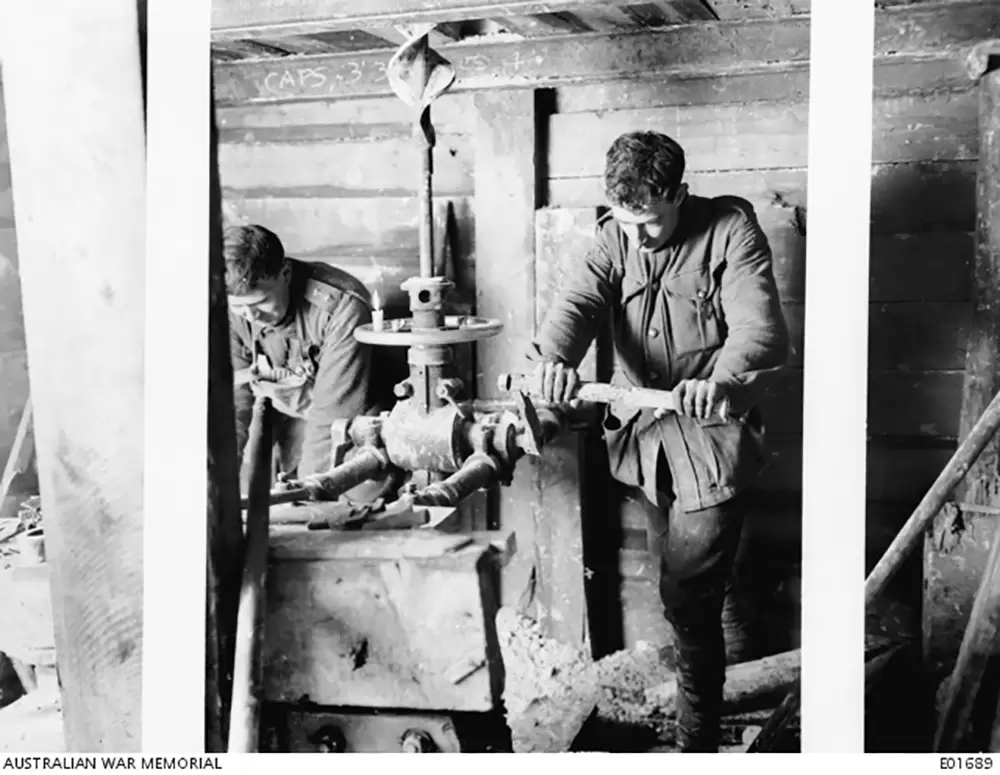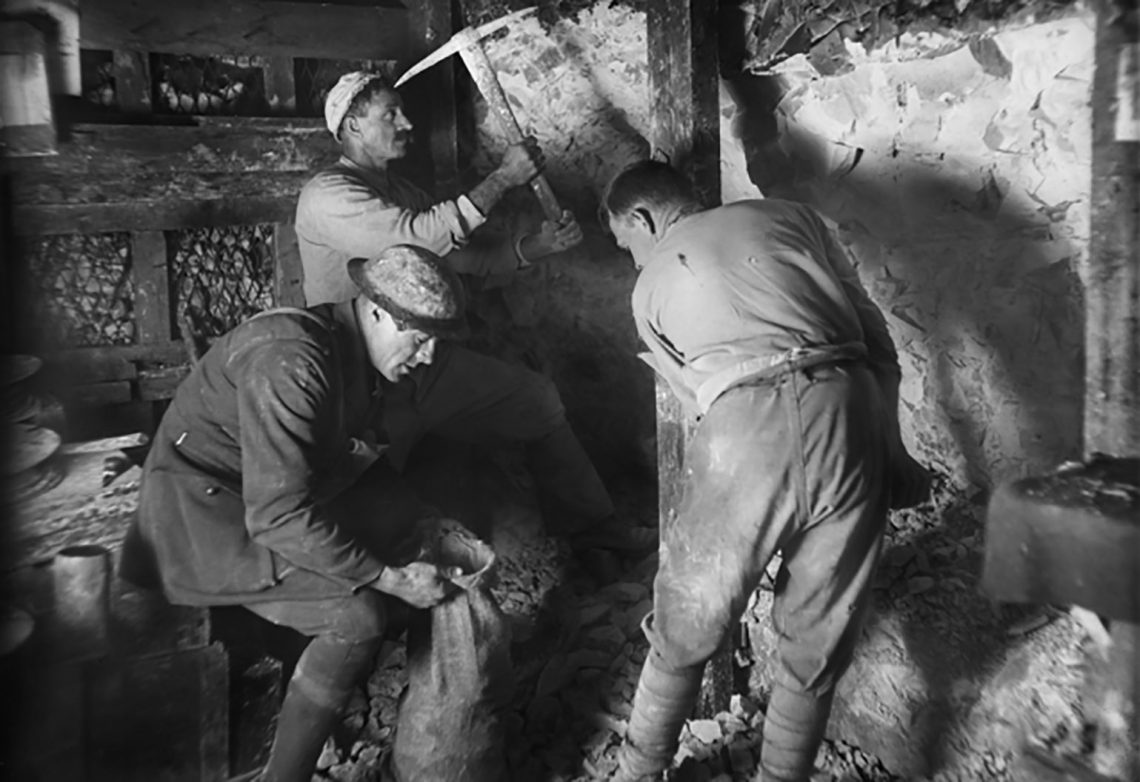World War I is often associated with the brutalities of trench warfare, but under No Man’s Land a complex series of tunnels were conceived by mining engineers.
Built by tunnelling companies, the tunnels provided protection from the fighting above and were also used for mine warfare.
By mid-1916, the British Army had about 25,000 men working underground across 33 companies, including four units from Australia and one from New Zealand.
Members of Engineers Australia’s UK Chapter will see their work firsthand during a tour of the Western Front this month. Led by WWI tunnelling historian Simon Jones, the group will visit sites in Belgium and France including Ypres, Polygon Wood, Hamel and the Sir John Monash Centre in Villers-Bretonneux.
The tour was organised by the UK Chapter’s immediate past President Nicola Telcik FIEAust CPEng, who was inspired to plan the trip after visiting the Western Front in 2019.
“What struck me was the impact that Australians and New Zealanders had left on the French population more than 100 years later,” she told create.
Telcik, who has worked on tunnelling projects including the London Underground and Crossrail, also wanted to recognise the tunnellers and mining engineers who had to work under such difficult conditions.
“I understand what modern tunnelling looks like, but I wasn’t aware of the techniques and conditions that the tunnellers faced when they were digging out all of these defensive and offensive systems to try and break the deadlock on the Western Front,” she said.
“Things like having to be quiet, needing to protect yourself, building drainage systems — as an engineer I was taking it all on board and realising how engineers made these things happen.”

Going underground
As part of the tour, the group will enter a tunnel system in Hulluch, France under the guidance of the Durand Group. Made up of volunteers, the Durand Group excavates WWI tunnels with the aim of preserving the heritage and the memories of those who built them.
“It’s amazing what they’ve uncovered,” Telcik said. “You can see burn marks on the walls from the candles they used, you can see graffiti they wrote while down there for days on end — you see this whole life they had to lead down there below No Man’s Land.”
The group will be joined by relatives of members of the 3rd Australian Tunnelling Company, including Robin Sanderson, the grandson of Major Alex Sanderson, who was the chief architect of many of the defensive features found in the tunnels .
This is particularly poignant for Telcik, as Major Sanderson also worked closely with CY O’Connor, the visionary engineer who transformed Western Australia and whose legacy is still felt in her hometown of Perth.
Telcik said it is important to remember the role engineers played in WWI, which is often overlooked or misunderstood.
“To have tunnelling systems, to have electricity, drainage, communication lines, all the things that supported the everyday ability to stay in the trench — it’s quite amazing,” she said.
“I don’t think there’s a real appreciation for the logistics that supported the Army.”
As the tour can only accommodate 22 people, Telcik plans to record many of the highlights and make the footage available for engineers who would like to learn more.
Connect with Engineers Australia’s UK Chapter here.




For those interested see also the book: –
CRUMPS AND CAMOUFLETS: Australian Tunnelling Companies on the Western Front
Author: Damien Finlayson
BIG BLUE SKY Publishing 2010
ISBN 9780980658255
Or
‘Tunnelling Commander on the Western Front’ publ Frontline books/ Pen & Sword 2019
Incidentally the officer and men third Australian Tunning company are digging in the Hulluch tunnel near Loos en Gohelle